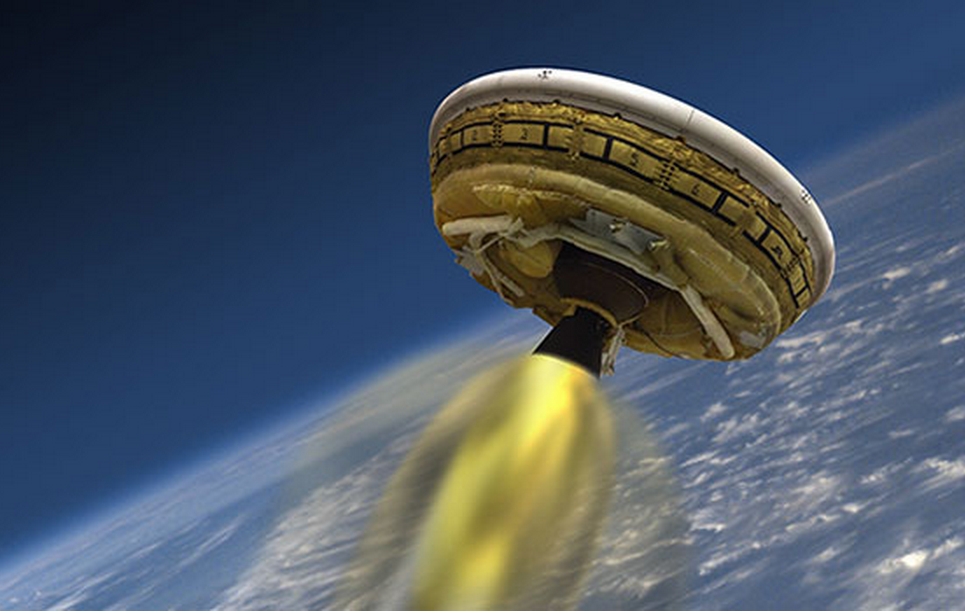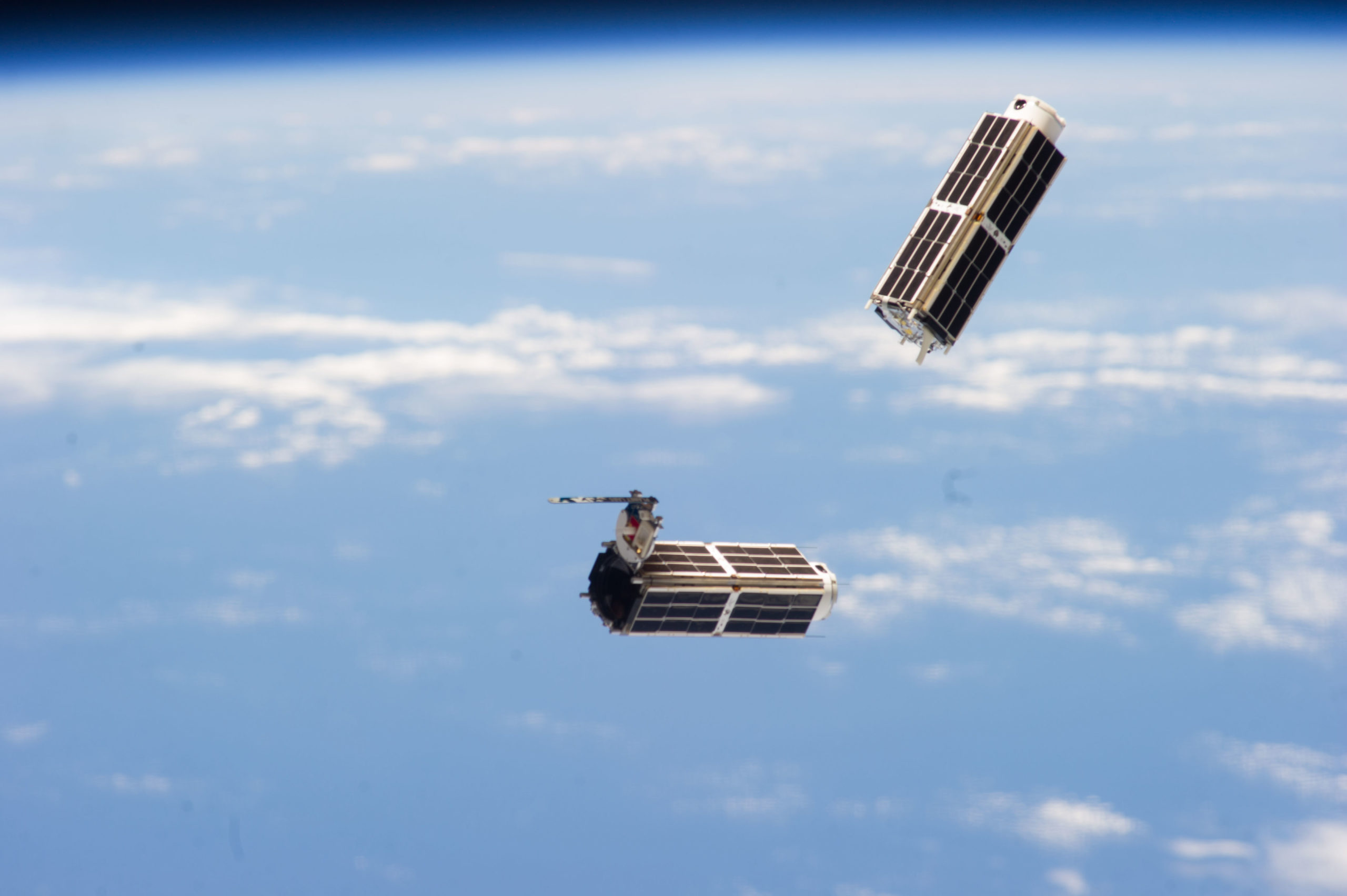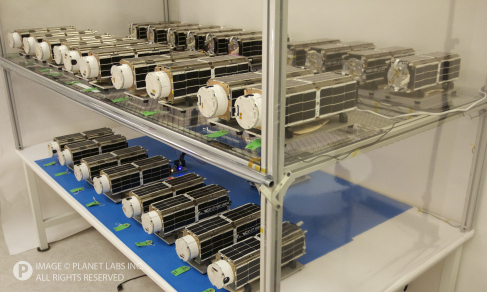
Flying Saucers!
It so happens that you are chilling on the beaches of Hawaii, and all of a sudden you happened to spot a UFO. No matter which God you swear to, you possibly could not convince anyone that you actually saw a flying saucer!
Chill! If it will be on one of the following days – June 5,7,9,11 or 14, chances are you actually looking at LDSD (No, not LSD!! There is another ‘D’ in there!). LDSD is a simple abbreviation for rather over complicated term – Low Density Supersonic Decelerator!
Source: http://alaska-native-news.com/
So, What is it all about? LDSD is a test experiment to gather data about landing heavy payloads on Mars or any other planets. The main purpose of this mission is not to see how fast we can accelerate, but to test how fast we can decelerate! Interesting enough, there is more to the story. The saucer carries a hypersonic parachute, the largest one ever tested on this planet!
“The agency is moving forward and getting ready for Mars as part of NASA’s Evolvable Mars campaign,” said Michael Gazarik, associate administrator for Space Technology at NASA Headquarters in Washington. “We fly, we learn, we fly again. We have two more vehicles in the works for next year.”
Originally scheduled for launch on June 3rd, 2014, the test has been rescheduled due to weather conditions to take place in one of the above mentioned days. Well, you know, it’s Hawaii!
Did you like this post? Read more and subscribe to our monthly newsletter!








